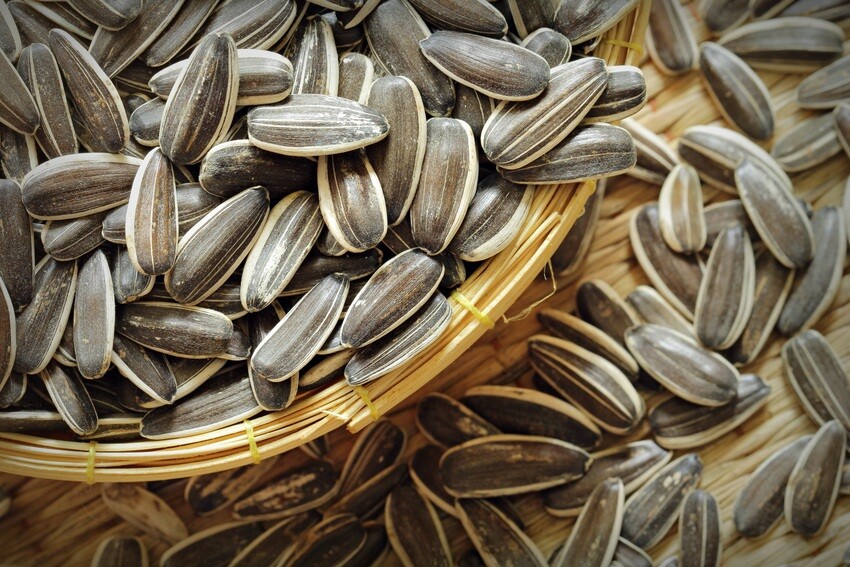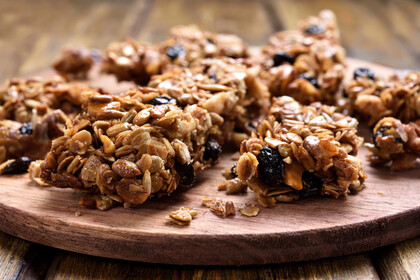


Sunflower Seeds
Sunflowers are native to North America, and there is evidence that Native Americans were cultivating them 5,000 years ago. Sunflowers were brought to Europe and spread as far as Russia, where they were grown commercially and used for oil.
The commercial varieties came back to North America in the late 1880s.
Confectionary grade sunflower kernels are generally larger, firmer to bite and paler in colour which makes them more suitable for snacking.
Bakery grade kernels are generally smaller, darker and rounder.
FORMATS
- Natural Hulled
- Toasted Hulled
- Flavoured Hulled (as required)
OTHER POINTS TO NOTE
Commercially grown sunflowers are self-pollinators, although bee-pollinating varieties are said to have better yields. As they are a fast-growing crop, many producers will plant them as a secondary crop, after harvesting their main crop.
As sunflower heads track the sun when young, growers looking to maximise their harvest will plant rows in a North-South direction to prevent heads from bumping each other and causing seed loss.
COUNTRIES OF ORIGIN
- Bulgərla
- China
HARVEST
- August to September in Bulgaria
- November and December in China
VARIETIES
With over 50 species of sunflower, there are three main commercial types grown: linoleic, high oleic, and NuSun, which is primarily used to produce sunflower oil rather than an eating seed.
High oleic acid varieties command a premium, as oleic acid helps reduce LDL Cholesterol. Sunflower seeds are generally classified by husk pattern; black husk seeds normally go to produce oil, while striped husks are widely used for snacking because of their distinctive appearance.
NUTRIENT HIGHLIGHTS
- High in Fibre
- A source of protein, with 14g per 1
- 79% of the calorific value comes from fats -but sunflower seeds are hig the 'healthy fats
- High in Polyunsaturated fatty acid Linoleic Acid
- High in Omega-6 fatty acids
- Very high in antioxidant Vitamin E and a source of Vitamin B6
- Good source of Folic Acid
- Key minerals include Manganese, Copper, Magnesium, Selenium. Phosphorus & lron
- Zero Sodium/Salt
